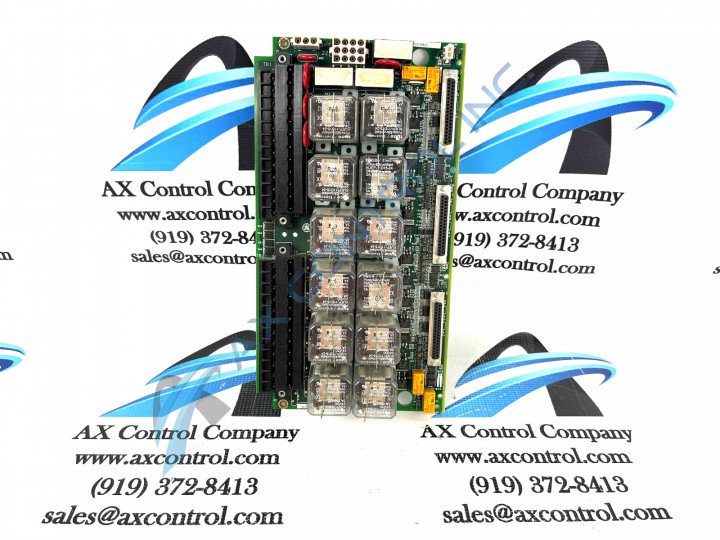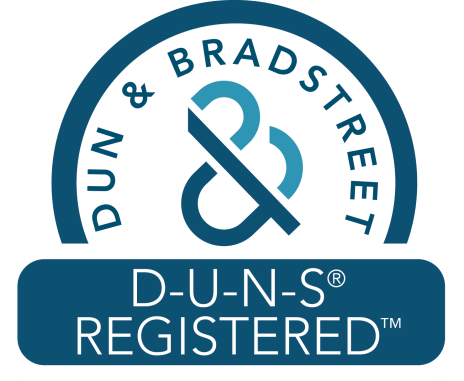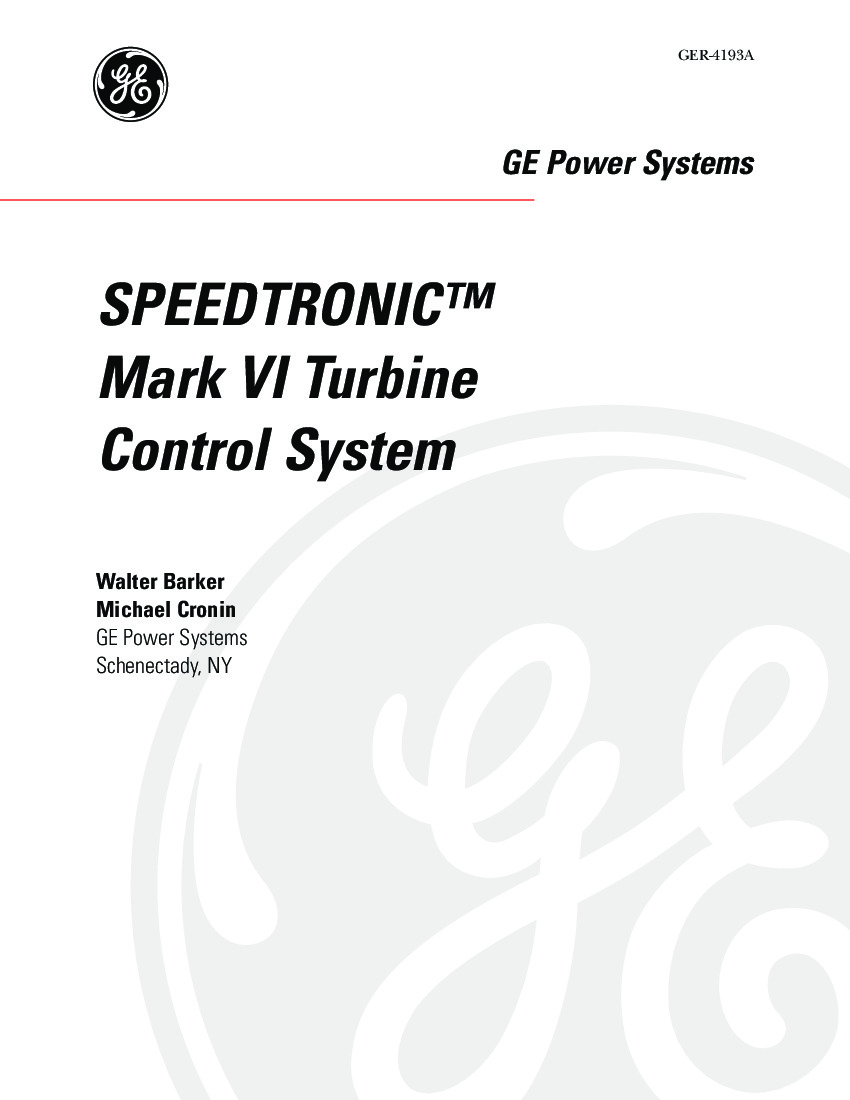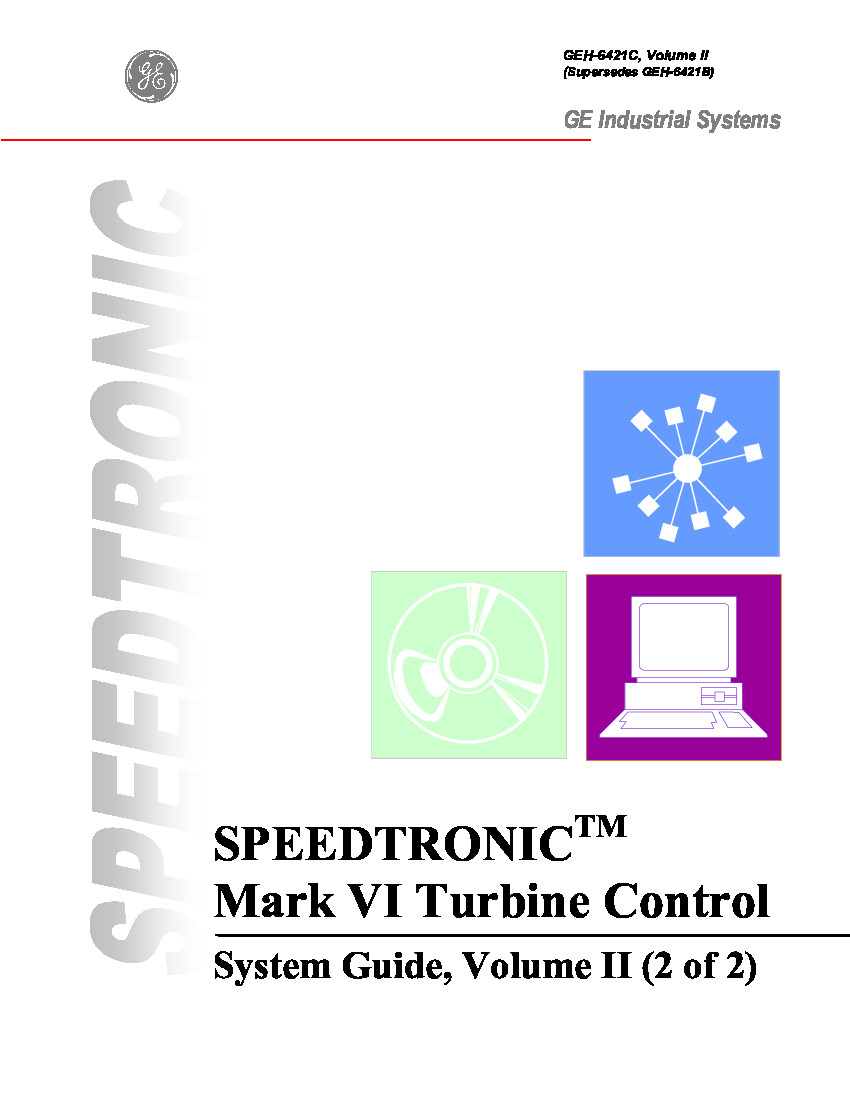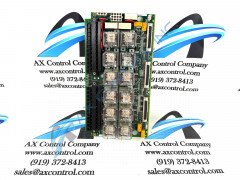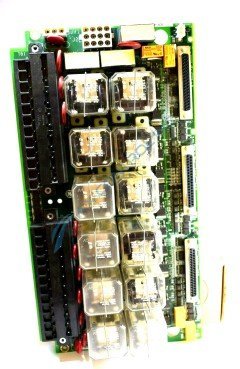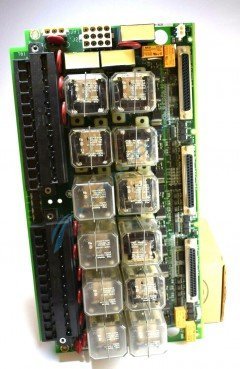About the IS200TREGH2BDC
Greater Product Series Information
This IS200TREGH2BDC device, as should have been exposed in its IS200TREGH2BDC functional product description paragraph above, was first designed and manufactured with a specific possible product functionality in the Mark VI Turbine Control System Series intended. With this being the case, this IS200TREGH2BDC product is actually only debatably definable as a Mark VI Series product, with it existing as General Electric's final-developed Mark product series.
Hardware Tips and Specifications
Described as a VPRO I/O Termination Barrier Module the IS200TREGH2BDC board is used to provide the positive side of the solenoids when connected to the VPRO model. This devoce achieves this specific functional product role through the inner workings of a series of General Electric-specified hardware component and component specifications.
- The solenoids are one hundred twenty-five volts of direct current.
- This model is often referred to as a turbine emergency trip module.
- When the VPRO module and TREG module are used together the VPRO module will control the twelve relays on the TREG board, and nine of the relays establish three groups of three to elect the inputs which end up controlling the three trip solenoids.
While some other models within the Mark VI Series can operate without the help of any primary boards the IS200TREGH2BDC board cannot, the VPRO is used to entirely control the TREG board. The only connection point for the control module is the trip solenoids and the J2 power cable. This model does have the capability to be used in TMR (Triple Modular Redundant) or Simplex systems. If using the TREG board in a Simplex system a third cable can be used to carry a trip signal from the J1 connector to the TSVO terminal board, when the trip signal is used as such it can provide a Servovalve clamp upon the turbine trip. There are several other boards that the TREG model can be used with, some of them are the:
When the TRPG and IS200TREGH2BDC models are used together they can control the trip solenoids, one or the other will actuate the hydraulics to close the steam or fuel valves and potentially remove the power. All of the above information is taken primarily from the GEH-6421C Mark VI Volume II System Guide. Some information is also taken from table five in the GER-4193A Speedtronic Mark VI Turbine Control System on page five.


